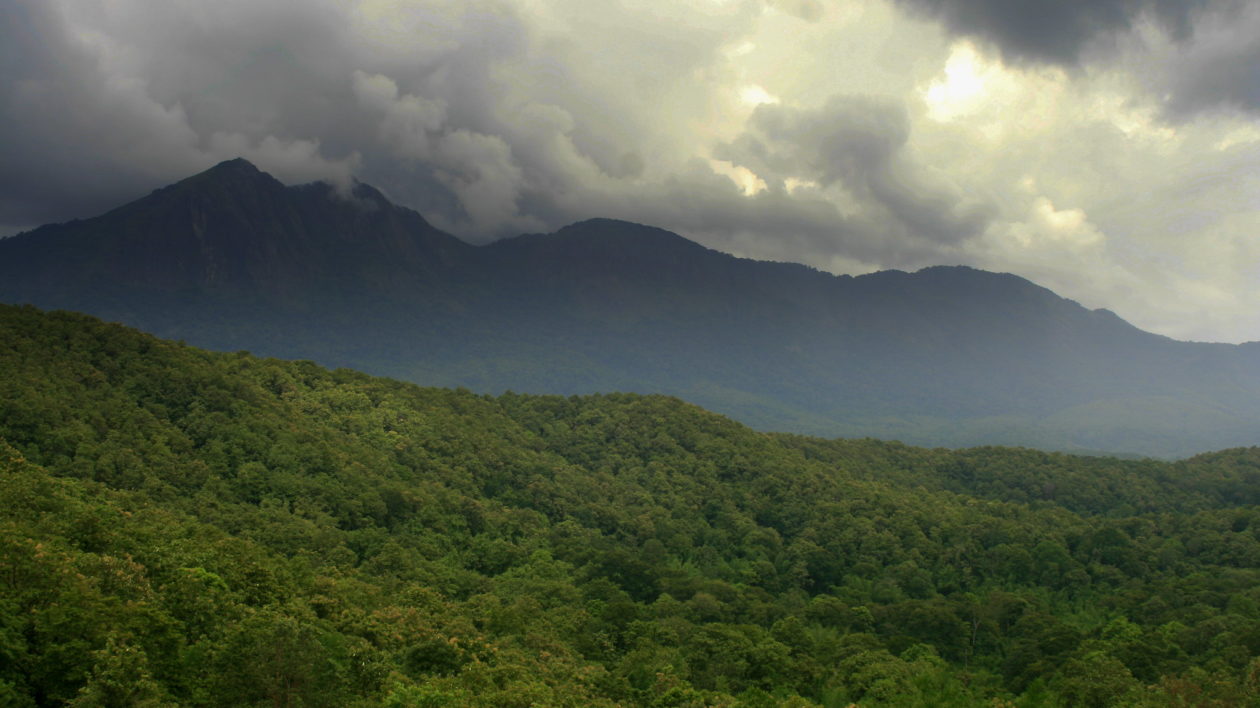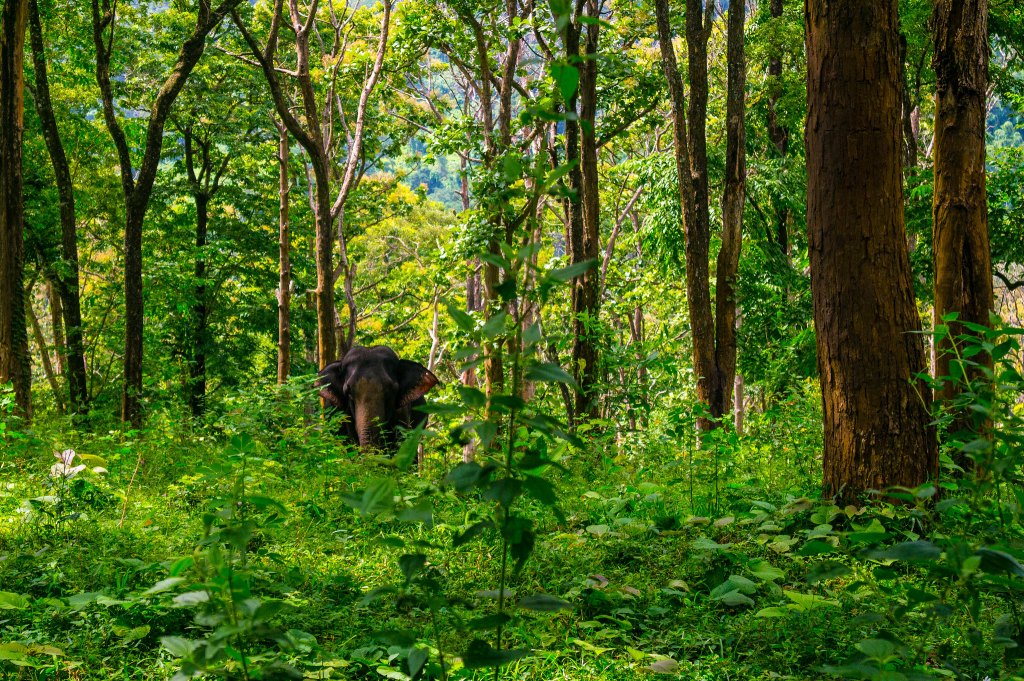Remnant forests in human-dominated landscapes are important reservoirs for tropical biodiversity. New science shows that remnant forests with the greatest tree-species richness also store the most carbon, creating a potential win-win for protecting biodiversity and reducing global carbon emissions.
The Gist
Led by Anand M. Osuri, a scientist at Nature Conservation Foundation – India and former Columbia University NatureNet Science Fellow, the study used data gathered from India’s biodiverse Western Ghats Mountains. The researchers wanted to know if tropical forests with greater tree diversity store more carbon than ones with lower tree diversity. In other words, could carbon-focused approaches to forest conservation provide ‘co-benefits’ for biodiversity? They then conducted a meta-analysis to extend their results to global tropical forests.
Their results, published recently in the journal Conservation Letters, showed stronger evidence for co-benefits in remnant forests in human-dominated landscapes, than in intact forests with low human disturbance.
“It is well established that remnant forests in human-dominated landscapes are important for conserving tropical biodiversity,” says Osuri. “Our results show that the most biodiverse of these forests — in terms of tree species richness — also tend to be ones that store the most carbon.”
The Big Picture
Tropical forest loss and degradation are the leading drivers of biodiversity loss and a major source of carbon emissions. While efforts to protect intact forests are critical, the reality is that little of the world’s tropical forest area is unaltered by human activity. The majority of the world’s forests are impacted by human activity in some way, and this trend will only increase in the decades to come.
“Larger, less-disturbed intact forests harbor greater biodiversity and store more carbon than human-dominated landscapes,” says Osuri, “but the most biodiversity-rich areas generally do not overlap with areas of high carbon storage.”
So for intact forests, policies aimed at storing carbon won’t effectively protect biodiversity, and protecting biodiversity won’t lead to the greatest carbon storage outcomes. Prioritizing both is a balancing act, requiring complementary strategies.
Scientists weren’t sure if the same problem held true for remnant forests in human-dominated landscapes. These forests tend to have lower levels of tree diversity and carbon storage, but are still important reservoirs for both biodiversity and carbon. And if the best areas for tree diversity and carbon storage overlapped more than natural forest, it could alter how decision-makers best protect those forests.

The Takeaway
This study demonstrates that remnant forests in human-dominated landscapes have a high degree of overlap between the best areas for carbon sequestration and tree-species diversity. “This forms the basis for potential synergies between climate mitigation and biodiversity conservation efforts,” says Osuri.
Intact forests are still superior for carbon storage and biodiversity, but climate-mitigation strategies and conservation efforts can more effectively reinforce and benefit one another in remnant forests. For example, incentive programs focused on carbon — like REDD+ — will have greater benefits to biodiversity in remnant forests.
Osuri’s results highlight the need for conservationists to focus on human-dominated landscapes, where their investments can yield simultaneous benefits for both biodiversity and carbon sequestration.
While intact forest protection should always be a priority for conservationists, Osuri’s results show that forests in human-dominated landscapes offer the opportunity for conservation investments to yield simultaneous benefits for both biodiversity and carbon sequestration.
Anand Osuri would like to acknowledge his collaborators from Columbia University, the University of Florida, the National Centre for Biological Sciences, the French Institute of Pondicherry, Pondicherry University, the University of Montpellier, University of Leeds, and V. H. N. S. N. College.




Thanks for sharing this article. Forest is the core of nature and that should be conserved to have a proper ecosystem. Biodiversity is the major concern in the recent past and it is so evident that there were few forest fires which affected the ecosystem in large scale.